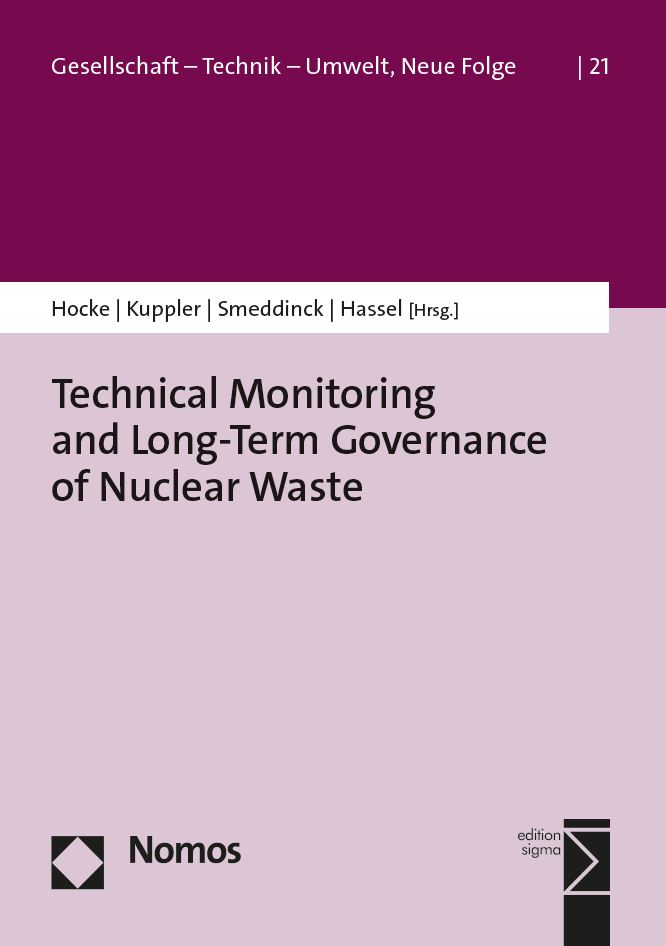Final disposal: Questions for centuries
What happens after high-level radioactive waste has been sealed in a repository in Germany? According to legal requirements, the waste must be retrievable from there for at least 500 years. This situation poses particular challenges for the technical monitoring of the facility and for the institutions that will then decide whether to retrieve it.
Course-setting and uncertainty
In order to meet the requirements, the right course must be set today. This includes, for example, thinking about measuring devices that will work reliably over this long period of time. Likewise, those responsible must consider on the basis of what data a decision can be made in several hundred years’ time as to whether the waste stored at depth must be retrieved. Finally, it is important to consider who might then make these decisions and how we can deal with the uncertainties of these long time periods today.
The recently released anthology offers an interdisciplinary perspective on the problem, including contributions from engineering, psychology, sociology, and law, as well as from the practice-oriented perspective of the German repository commission. It invites researchers, experts, students, and decision makers to reflect on the future of final disposal. (29.11.2022)
Bibliographic references:
Hocke, Peter; Kuppler, Sophie; Smeddinck, Ulrich; Hassel, Thomas (eds.).
Technical Monitoring and Long-Term Governance of Nuclear Waste. Baden-Baden: Nomos Verlag, 2022, 160 pp., ISBN: 978-3-8487-4402-2.
(Gesellschaft – Technik – Umwelt)
Publisher information


